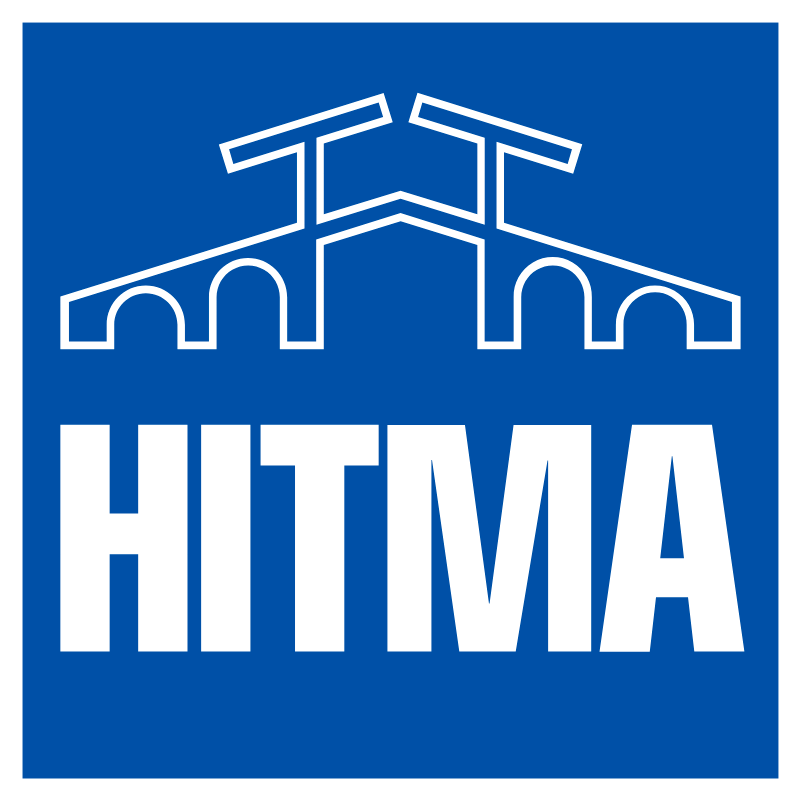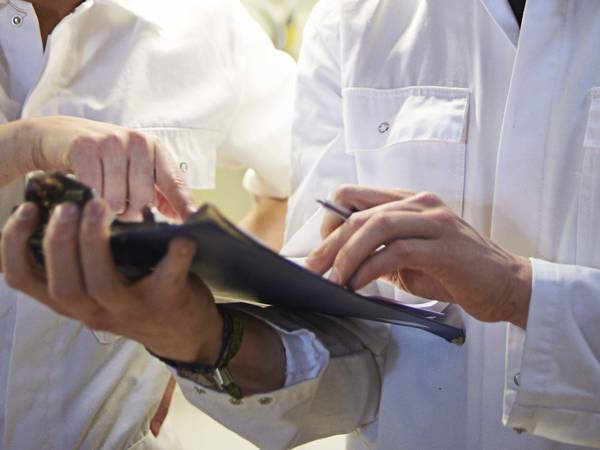

The Pressure Equipment Directive (97/23/EC), or PED for short, is a European directive concerning the requirements for pressure equipment. In the Netherlands, since 2008, this directive has been the legal successor to the Steam Act, which dates from 1953. Since 2016, the updated version of this directive has been in force. It applies to:
- Pressure vessels with an internal overpressure above 0.5 bar
- Steam boilers
- Pipes and tubes for transporting liquids and gases with an overpressure above 0.5 bar
Directive for Safety Valves
This directive is also important for safety valves, so I want to explain a few things about it. The new Pressure Equipment Directive (2014/68/EU), published on June 27, 2014, has been implemented in phases. Since July 19, 2016, this directive has officially been in effect, and I notice that the transition period is now truly entering its final phase. This makes it even more important to clearly explain what this new directive actually means.
The Similarities Between the Old and New Directive
With the introduction of the NLF (New Legal Framework) in 2008, which streamlined and simplified the market placement of equipment, several aspects have remained the same in the new directive as in the old one. These are:
- The scope of the Pressure Equipment Directive
- The tables for category determination
- The essential safety requirements
What Has Changed?
Despite 37 new considerations and 31 new articles, the impact has fortunately been limited. Below I outline the changes that have come into effect:
- Market participants must provide not only their details and the information required by the directive but also their postal address. Market participants can include manufacturers, an authorized representative of the manufacturer, an importer, or a distributor.
- Importers of pressure equipment from outside the European Union must ensure that they do not place pressure equipment on the market that does not meet the directive's requirements. They must also have documentation stating that the pressure equipment complies with the directive's requirements.
- The manufacturer or importer is required to supply pressure equipment with instructions and information about the use and safety of the product. This documentation must be written in a language determined by the member state (where the product is delivered) that users and consumers can understand.
- The primary responsibility for compliance lies with the manufacturer. If the manufacturer fails, one of the following parties in the supply chain must take responsibility.
- It is also clearly stated that the manufacturer or importer is obliged to establish technical documentation specifying the applicable requirements for the product. Additionally, this documentation must include an adequate risk assessment, a description of the product, design drawings, test reports, and an overview of the applied standards. It is also specified that the manufacturer or importer is required to retain this documentation for 10 years.
- Under a reasonable transition arrangement, distributors may continue to supply any stock that complies with Directive 97/23/EC until the stock is depleted.
- When a participant in the supply chain places the pressure equipment on the market under their own name, they are considered the manufacturer.
- In the risk analysis, not only risks but also hazards must be considered.
- Supply under good workmanship is still possible under the new PED directive 2014/68/EU, but it is now referred to as an “Article 4 Paragraph 3 installation” instead of “Article 3 Paragraph 3.”
- The new PED directive takes into account the new classification of hazardous substances. This mainly affects the group ‘substances’.
- Since the various member states have not applied consistent criteria in designating bodies, the designation of inspection bodies (Notified Bodies) is being tightened across Europe to avoid differences.
Do you have questions or are you unsure whether your production complies with the new directive? Contact me, and I'll be happy to help.


